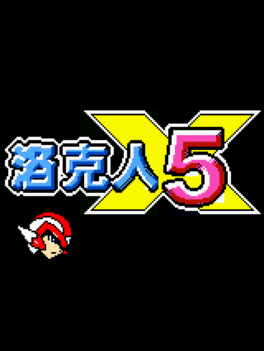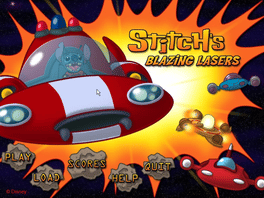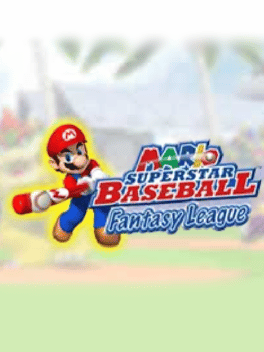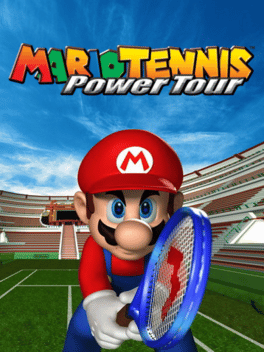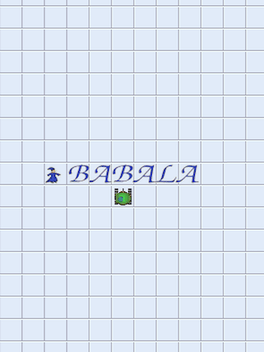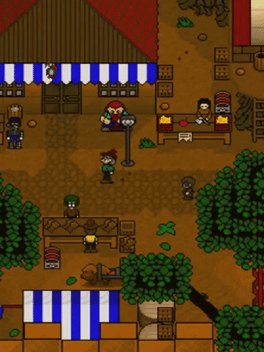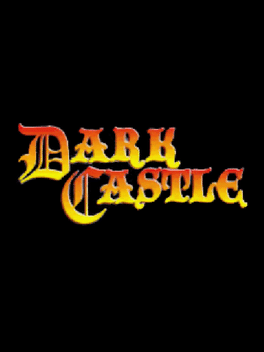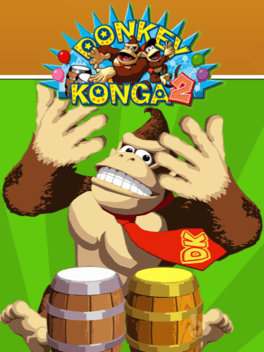New Games - Page 10313
-
The House
2005
-
Murkid
2005
Murkid
2005
A video game published by the Delegación de Turismo de la Región de Murcia in which the young superhero Murkid needs to stop Doctor Maladrín from dirtying down some of Murcia's most iconic tourist spots. -
The Seal Hunter
2005
The Seal Hunter
2005
Very bloody game Seal Hunter, where you will have to act as a defender of the territory from all sorts of sea creatures (and not only). Blood, plenty of weapons and the possibility to play in two make the game worth your attention. A growing population of seals is destroying all the fish in the sea. The fishermen are left without a catch, and the seals meanwhile continue to multiply and eat all the fish. Two fishermen decide to take control of the situation and get rid of the extra mouths, thus preserving the once fish-rich ocean. Along with the seals, they need to kill penguins, baby seals, and, for some reason, sea turtles and polar bears. In general, armed with a considerable arsenal, fishermen go hunting. Seal Hunter game at first glance is simple and uncomplicated, but behind all this hides a rather complex timekiller. You can't act on the fly, you won't get far. In the game you need to tactically calculate literally everything. How much ammo is left, and when the boss will appear, what weapon to buy next; wha -
Dino Attack
2005
-
Rock Hero EXE 5
2005
-
Stitch's Blazing Lasers
2005
Start up Stitch’s spaceship and battle hordes of enemy star fighters. Get shields and power ups to defeat big bosses and destroy the Blastar Battle Station! Help Stitch save the galaxy in this out-of-this-world arcade action game featuring the intergalactic manic mischief-maker star of Disney’s Lilo and Stitch. -
Tedi şi Vehiculul Timpului
2005
3D-platformer arcade about Tedi, one of mascots of La Festa International company (now Maplex). Game features nice 3D-graphics and classic arcade-platformer gameplay on 11 big levels. -
Babala
2005
-
Dark Castle
2005
Dark Castle
2005
This is the remake of the first Dark Castle for legacy cell phones, featuring color graphics, levels are a mix between Dark Castle and Beyond Dark Castle as well as scaled down difficulty. -
Donkey Konga 2
2005
-
NES Classics
2005






